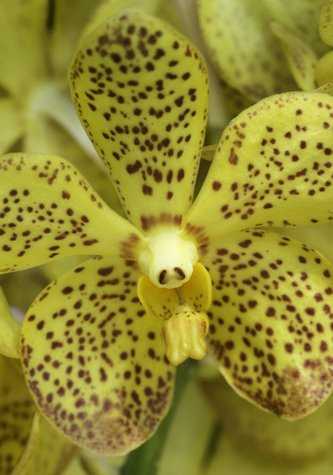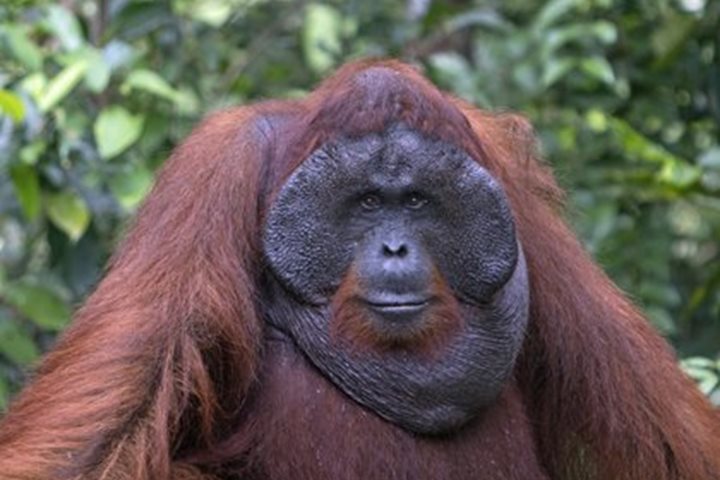A glittering metropolis at the southeastern tip of Asia.
Perfectly sited to be a great hub of world trade, in many ways Singapore is THE great hub of the opening decades of the 21st century. It is a city-state of astounding modern architecture, safe and squeaky-clean streets, lovely parks and gardens, and a vibrant mix of cultures from around the world. It is the second-busiest container port in the world and the world’s second largest casino gambling market. The World Bank has ranked Singapore as the easiest place in the world to do business; it has no minimum wage and the third highest income inequality in the world.
I first visited Singapore in 1986 and loved it immediately. Lee Kuan Yew had already been prime minister for twenty-seven years and the evolution of the city from a British naval base into a focal point of world commerce was well underway. The first big skyscrapers were up by then and Orchard Road was lined with impressive hotels, shopping malls, and bank headquarters. The street food stalls had been licensed and gathered into the first neat, organized hawker centers. But Chinatown, Little India, and Arab Street were still crazy, dirty, crowded neighborhoods, very little changed since they were built in the early 20th century. They were packed with strange little shops full of strange dusty antiques. There were dark little storefront restaurants where you could buy a gigantic, delicious meal for two Singapore dollars. The Singapore River was still crowded with noisy old diesel boats.
I loved it all. After two months in the outer islands of Indonesia I loved getting a Baskin-Robbins ice cream cone (that dates things a bit, doesn’t it?!) and sitting by a beautiful fountain in an air-conditioned mall. I loved walking from the manicured streets of the business district to the warrens in the little neighborhoods in the space of a few blocks. I loved exploring the back alleys and getting pleasantly horrified by the photographs on the windows of the Chinese doctors’ offices. Most of all I loved the food. Malay for breakfast, Chinese for lunch, Indian for dinner, all for pennies.
Today we were immersed in the economic miracle and beautiful urban fantasyland that Singapore has become in recent decades. The National Geographic Orion tied up in the innermost section of the huge port where we could see the ranks of container cranes stretching into the distance like herds of skeletal dinosaurs. Our morning tour took us on a cruise down the river into Marina Bay, which is now ringed with artful bridges, spectacular museums, and huge skyscrapers, including the Marina Bay Sands Hotel, the second most expensive building in the world. Later we took a stroll around a rather sanitized but still very atmospheric part of Chinatown and spent an hour in the lush National Botanical Garden where we particularly enjoyed the amazing displays in the orchid garden.
It has been 28 years and eight months since my first visit to this strange and wonderful Asian city-state—almost exactly half my life. By coincidence, this is also almost exactly half the time since Lee Kuan Yew became Prime Minister and initiated the rise of modern Singapore. The obvious side of Singapore, the expensive, technical, business, engineering, and luxury face of the city has grown exponentially since my previous visits. It is a remarkably beautiful and exciting place. But I wondered about all the little shops and restaurants of the city’s older, less polished neighborhoods. I think they might still be there, still doing very well, an important part of the everyday lives of the everyday people of the city, just hidden a little deeper in amongst the towers. From the river we caught glimpses of many small older storefronts and while I was chatting with our guide she told me that I could still get my favorite breakfast of roti chanai and fish curry over in Arab Street. I’ll have to return, soon, and explore a little more.







